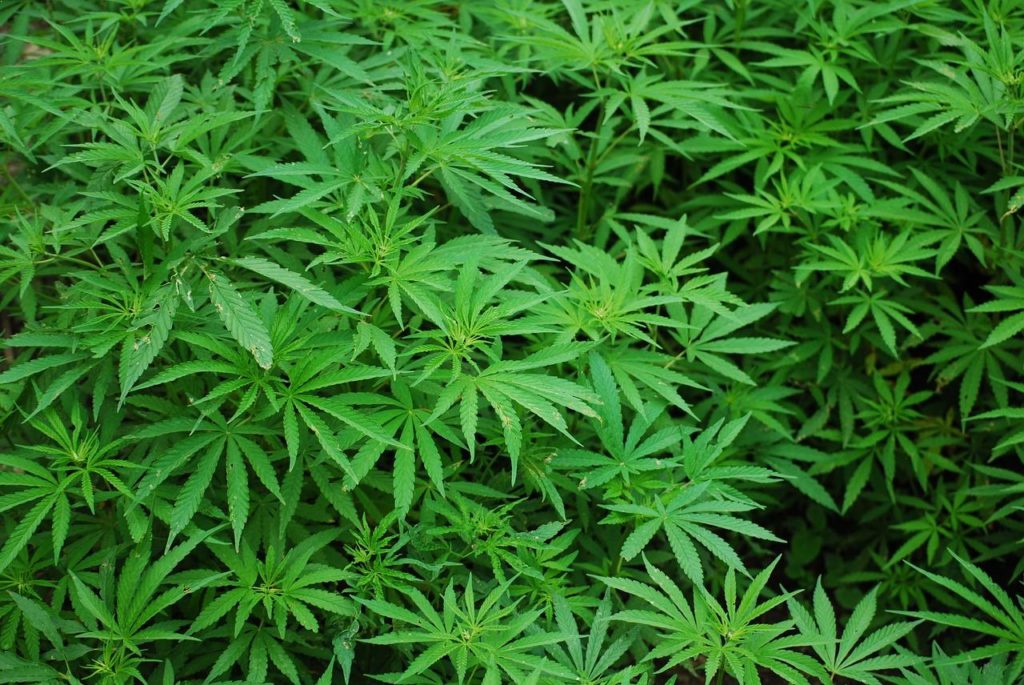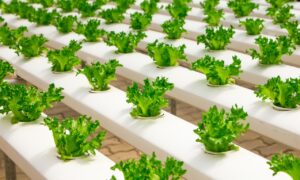Some cannabis growers say that plants are like pets, and just as you care for your pets, regular feedings are a big part of the process. Even though a weed crop doesn’t beg like a dog or meow like a cat, they need food just as much as we do (and just as much as our furry friends).
Unfortunately, knowing when to feed our pets is a lot simpler than knowing exactly when it’s time for the next dose of plant fertilizer. There’s no set schedule for plant feedings, and it’s a lot more complicated than laying out a meal for breakfast, lunch, and dinner.
Understanding when it’s time for that next dose of cannabis nutrients may not be easy, but this guide to when and how to feed your crop can help.
Why Plants Need Nutrients
Before covering the when and how it’s important to know why. Plants need nutrients for exactly the same reason that all living things need nutrients to live. Without them, they wouldn’t be able to perform important functions. In order to germinate, grow, fight off diseases and pests, and reproduce, nutrients have to be a part of the equation.
Now you might be wondering how it’s possible for plants in the wild to survive and thrive when there’s no one to give them fertilizer feedings. Well, there’s a good amount of nutrients in the soil, and the same goes for air and water. When growing indoors, plants are less likely to draw the right nutrients from the air and water source, so it’s up to you to give them the food they need.
Macronutrients vs Micronutrients
The next step in grasping the concept of plant nutrition is to understand the difference between macronutrients and micronutrients. While both types of nutrients are essential, there are a lot of differences between them, mainly when it comes to the amount the crop needs.
Macronutrients
Let’s start with the macronutrients. These are the elements that are needed by plants in higher doses, and there are 3 of them. They’re Nitrogen, Phosphorous, and Potassium and they are crucial for plant development.
There are a few more macronutrients, like Carbon, Hydrogen, and Oxygen, but plants can get these from the air and water, so they’re not usually found within fertilizers. So the 3 to focus on are N, P, and K. The exact amount needed depends on the phase of the growth op (more on that later on).
Micronutrients

image source: caannabisconnect.co.za
Then there are the nutrients that are still needed, but they’re needed in much smaller quantities. These are called micronutrients, and there’s a long list of them, including:
- Boron
- Calcium
- Copper
- Magnesium
- Iron
- Manganese
- Sulfur
Micronutrients are just as fundamental in plant physiology. Deficiencies in these are usually rare, but a lack of any micronutrient can negatively impact health, growth, and yield.
When to Feed Your Crop
“How often should I feed my plants?” is one of the most common questions in the growing community. Unfortunately, there’s no set answer since it depends a lot on the fertilizer you’re using. The good news is that most fertilizers come with a feeding schedule, so you’ll want to follow that closely.
Most fertilizer schedules follow a 12-week program (sometimes 13 weeks), and the chart tells you exactly what dose you should be giving the crop based on the week and photoperiod. As you’re browsing around for fertilizers, make sure it comes with a schedule/feeding chart included. This makes things a whole lot easier.
How to Administer Nutrients
Cannabis plants draw some nutrients from the air, but most are taken from the soil. It’s your job to make sure the right nutrients can be found within the soil, and you’ll add them by watering the crop with nutrient-rich water that you’ve prepared ahead of time.
Steps for Preparing the Water & Nutrients
There are a few things involved in preparing the water, like checking temperature and pH and adding the proper dose of nutrients. To break it down for you, here are the 4 main steps to getting the water ready for feeding your cannabis plants:
- Heat the water to about 22°C (about 72°F) to increase absorption by the roots. You can use a small heater for this.
Add your nutrients by following the instructions on the product, and stir as you add. Use a PPM or EC meter to get exact readings. - Check the pH of the water using a pH meter and adjust the levels if necessary. You can do this by using a nitric or phosphoric acid pH down solution.
- Once your PPM, pH, and temperature are where they should be, it’s time to feed the plants. Once the plants have been watered, measure the soil runoff using your meter to make sure your crop is taking up the nutrients as they should be.
- These steps will look different if you’re using water to grow your plants instead of a soil medium, but no matter what, it’s important to keep an eye on the temperature, PPM, and pH.
Tips for Choosing the Right Nutrients
Aside from the when and how the last big part of plant nutrition for an indoor grow op is actually choosing a product that’s up for the task. There are definitely some fertilizers that are better than others, and it’s on you to choose the right one.
Focus on N-P-K
When shopping around, the first thing to pay attention to is the N-P-K ratio. This is the ratio of nitrogen to phosphorus to potassium, and the exact ratio that’s best depends on the phase. For instance, nitrogen is needed in higher amounts early on, but as the plants’ flower, too much nitrogen isn’t a good thing.
Pay Attention to the Brand

Image source: unsplash.com
Although it’s not all about the brand, paying attention to the company responsible for making your fertilizer is definitely an important step. Brand reputation says a lot about a product’s performance, and if thousands of growers say that fertilizer is a good one, that’s information worth listening to.
Choose a Fertilizer with a Feeding Schedule/Calendar
We already covered this, but it’s worth noting again that you should only really consider fertilizer products that come with a feeding schedule. This takes all the stress out of deciding when it’s time for that next nutrient dose.




























